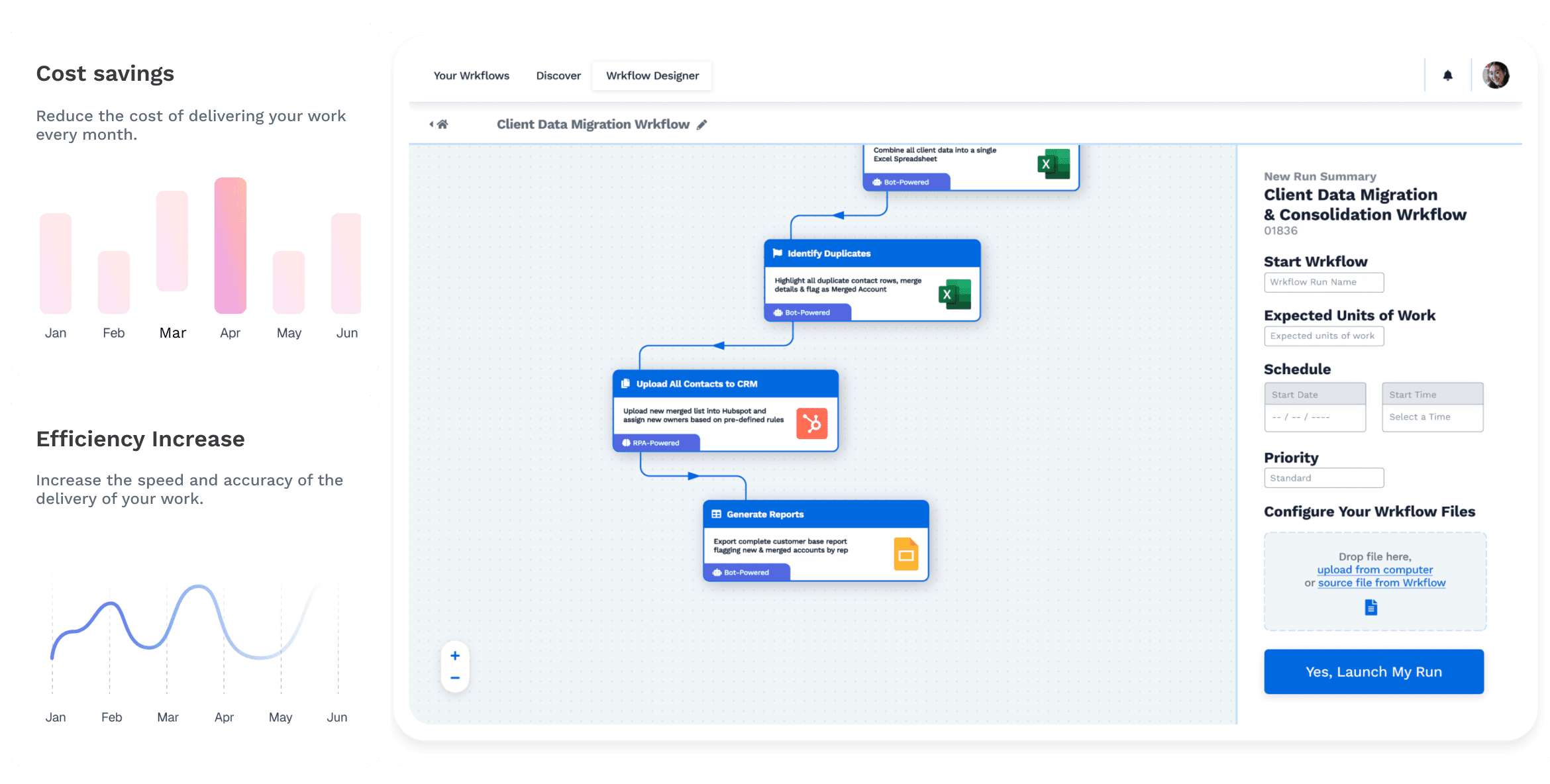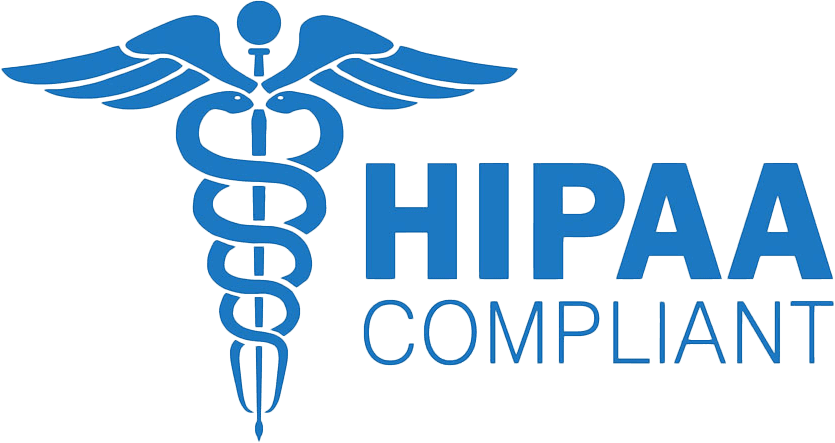Date de publication
2023-12-04
Introduction
One of the crucial metrics that organizations strive to improve is productivity. Business productivity growth measures efficiency and indicates a company's ability to adapt, innovate, and thrive in a competitive environment. At its core, productivity growth refers to increased output per unit of input over time. This input can be labour, capital, or a combination of both. It measures how efficiently a business utilizes its resources to generate value. This blog will delve into various factors influencing business productivity growth and explore specific case studies that vividly illustrate these concepts.
Factors Influencing Business Productivity Growth
Technology Advancements
Businesses that embrace and integrate advanced technologies often experience significant productivity growth. Automation, artificial intelligence, and data analytics are key technologies that can revolutionize operations. By automating repetitive tasks and harnessing data for informed decision-making, companies can enhance efficiency and reduce the margin of error.
Workforce Development
Another critical factor contributing to business productivity growth is investing in workforce development. This involves providing training opportunities, fostering skill enhancement, and ensuring employees have the tools to excel. An engaged and motivated workforce is more productive and more likely to contribute innovative ideas that can further drive growth.
Process Optimization
Streamlining operations and eliminating inefficiencies is a fundamental aspect of boosting productivity. This involves a thorough examination of existing processes to identify areas for improvement. By optimizing workflows and removing bottlenecks, businesses can enhance their ability to deliver products or services efficiently, meeting customer demands with greater agility.
Potential Situations Illustrating Business Productivity Growth
Now, let's explore specific case studies that exemplify business productivity growth through different lenses.
Case Study: Technology Implementation
Consider a manufacturing company investing in cutting-edge technology to modernize its production line. By incorporating automation and robotics, the company significantly reduced the time it took to manufacture each unit, leading to a substantial increase in daily output. Additionally, the precision and consistency achieved through technology decreased defects, saving time and resources previously allocated for quality control.
The adoption of technology not only improved the quantitative aspects of productivity, such as output per hour worked but also had a qualitative impact by enhancing the overall product quality. This case study highlights the transformative power of technology in driving business productivity growth.
Case Study: Workforce Development Initiative
Imagine a software development firm recognizing the importance of continuously upgrading the skills of its employees. The company implemented a comprehensive training program that covered the latest programming languages, development methodologies, and project management techniques. As a result, employees became more versatile and adept at handling complex projects.
The productivity gains were evident in the project delivery speed and the ability to tackle more sophisticated and lucrative contracts. Moreover, the enhanced workforce skills contributed to a positive work environment, fostering innovation and collaboration. This case study emphasizes the symbiotic relationship between workforce development and business productivity growth.
Case Study: Process Optimization
Let's turn our attention to a retail chain that decided to reevaluate its supply chain and logistics processes. The company identified redundancies, delays, and inefficiencies in its distribution network through careful analysis. The company could reduce lead times and minimize stockouts by implementing a comprehensive process optimization strategy, including advanced logistics software and real-time tracking systems.
The impact on productivity was notable, with the company achieving a more agile and responsive supply chain. This enhanced customer satisfaction through timely deliveries and resulted in cost savings and improved inventory management. The case study illustrates how a focus on process optimization can lead to tangible improvements in productivity metrics.
Metrics and Measurement
To assess the effectiveness of initiatives aimed at driving business productivity growth, it's essential to employ relevant metrics and measurements.
Key Productivity Metrics
Output per hour worked: This metric provides insights into how efficiently labour resources are utilized. An increase in production without a proportional increase in working hours indicates improved productivity.
Revenue per employee: This metric measures the revenue generated per employee, offering a glimpse into the overall efficiency of the workforce.
Return on investment (ROI) for implemented changes: Calculating the ROI helps determine the profitability of investments in technology, workforce development, or process optimization.
Comparisons and Benchmarks
Analyzing productivity before and after changes: Directly comparing productivity metrics before and after implementing changes allows organizations to quantify the impact of their initiatives.
Benchmarking against industry standards: Comparing productivity metrics against industry benchmarks provides context and helps identify areas where further improvement is possible.
Challenges and Considerations
While the pursuit of business productivity growth is paramount, it's crucial to acknowledge and navigate potential challenges.
Potential Drawbacks of Focusing Solely on Productivity Growth
Overemphasis on productivity without considering other factors, such as employee well-being and customer satisfaction, can lead to burnout, turnover, and a decline in the quality of products or services. Striking a balance between productivity and holistic business success is imperative.
Balancing Productivity with Employee Well-being
Businesses must recognize that a healthy and satisfied workforce is more likely to contribute positively to productivity. Implementing initiatives prioritizing employee well-being, such as flexible work arrangements and mental health support, can lead to a more sustainable and resilient workforce.
External Factors Influencing Productivity
External factors, such as economic conditions, regulatory changes, and global events, can impact productivity. Businesses must be adaptable and resilient, developing strategies considering external influences and mitigating potential disruptions.
Final Say
Achieving and sustaining productivity growth requires a multifaceted approach. By embracing technological advancements, investing in workforce development, and optimizing processes, companies can position themselves for success. The case studies presented highlight real-world examples of companies that have successfully navigated the path to increased productivity, demonstrating the transformative power of strategic initiatives. As organizations evolve, pursuing productivity growth remains critical in ensuring long-term competitiveness and success.
Start Automating with Wrk
Kickstart your automation journey with the Wrk all-in-one automation platform









